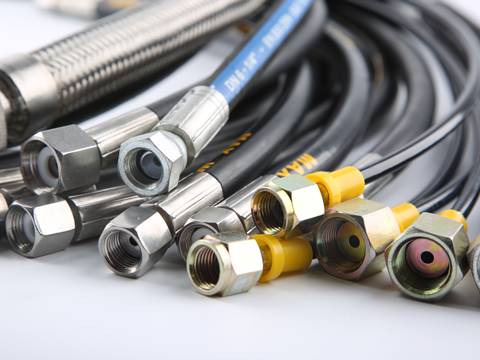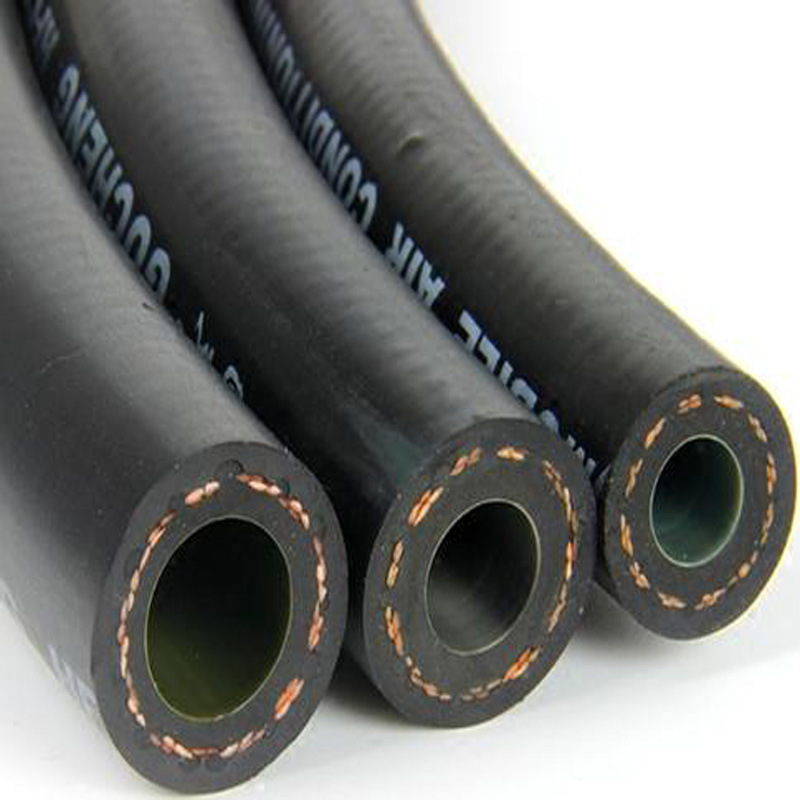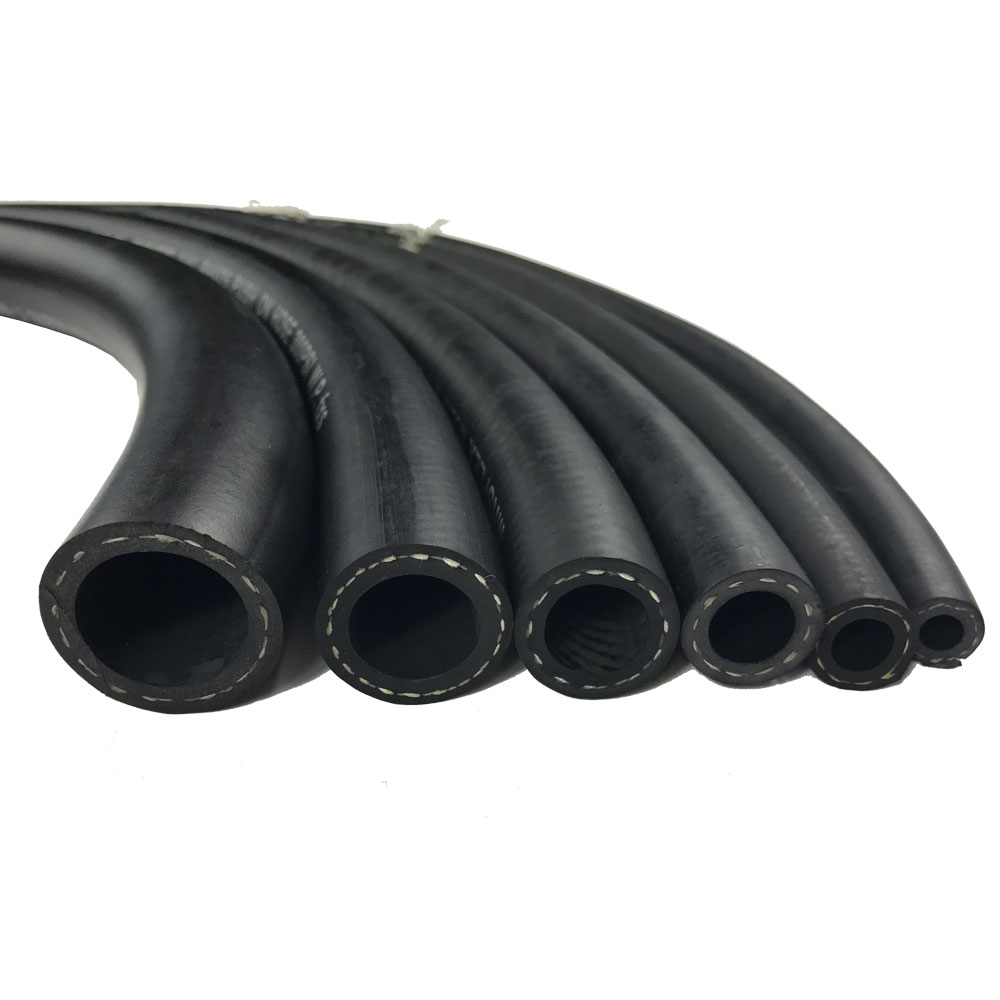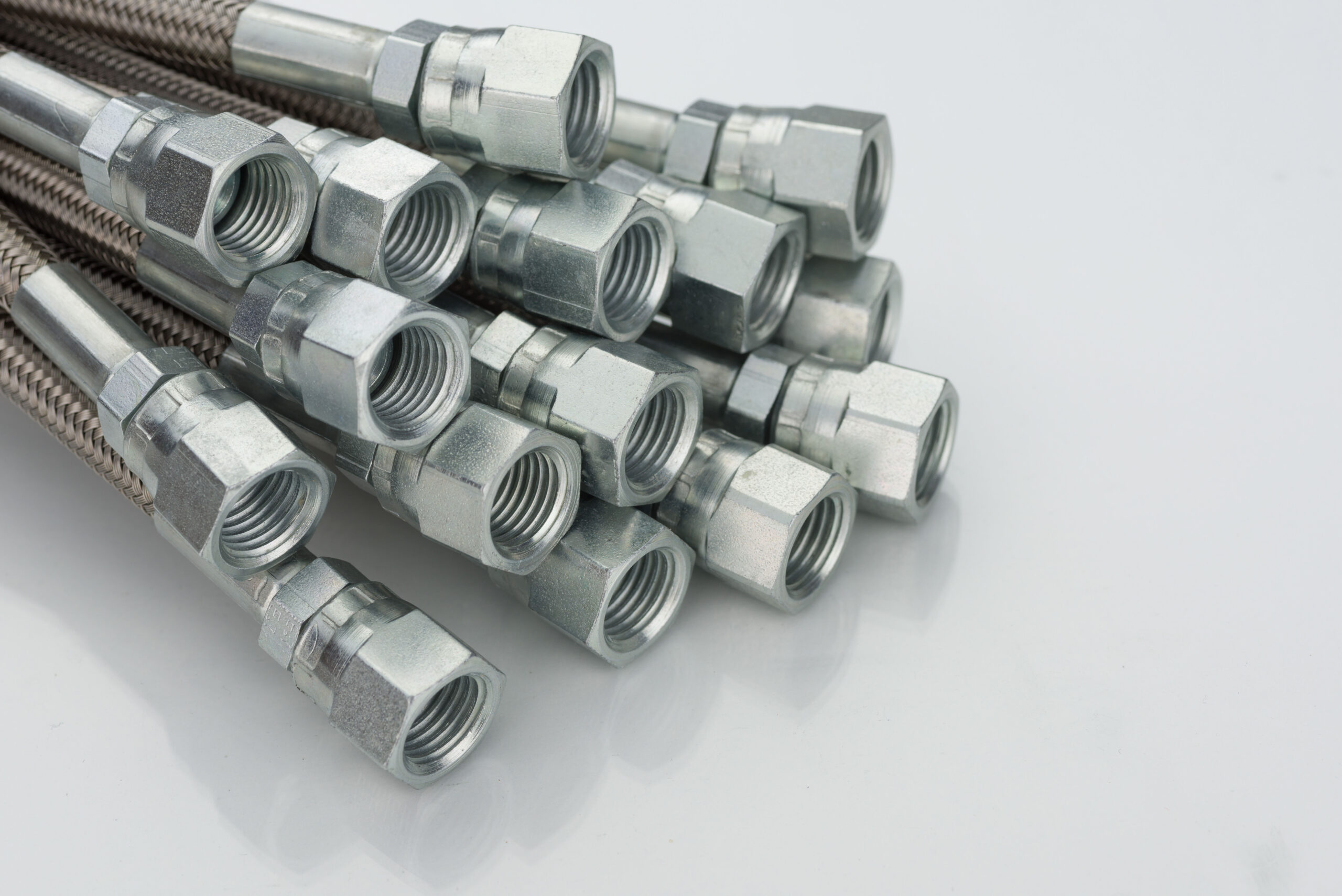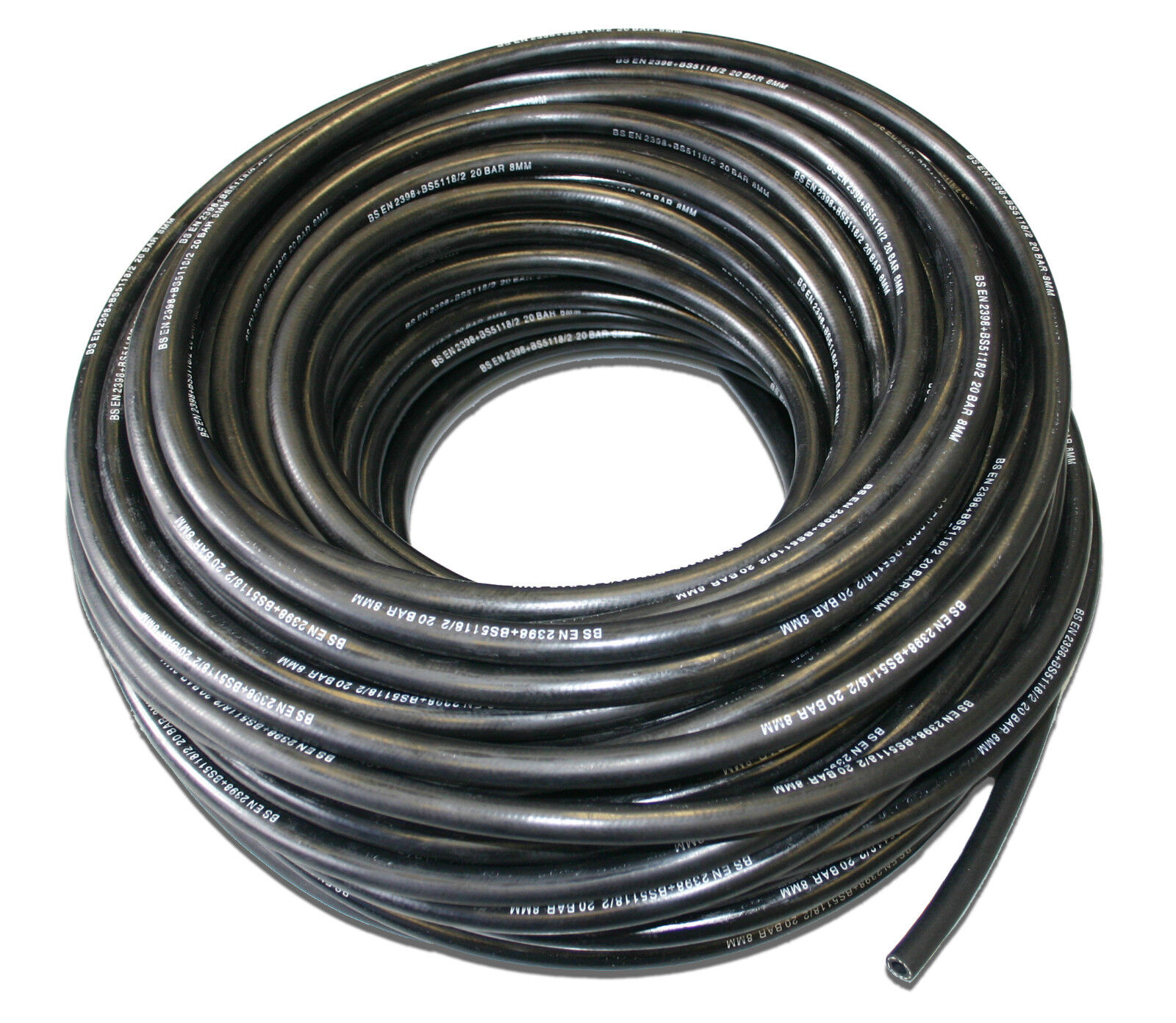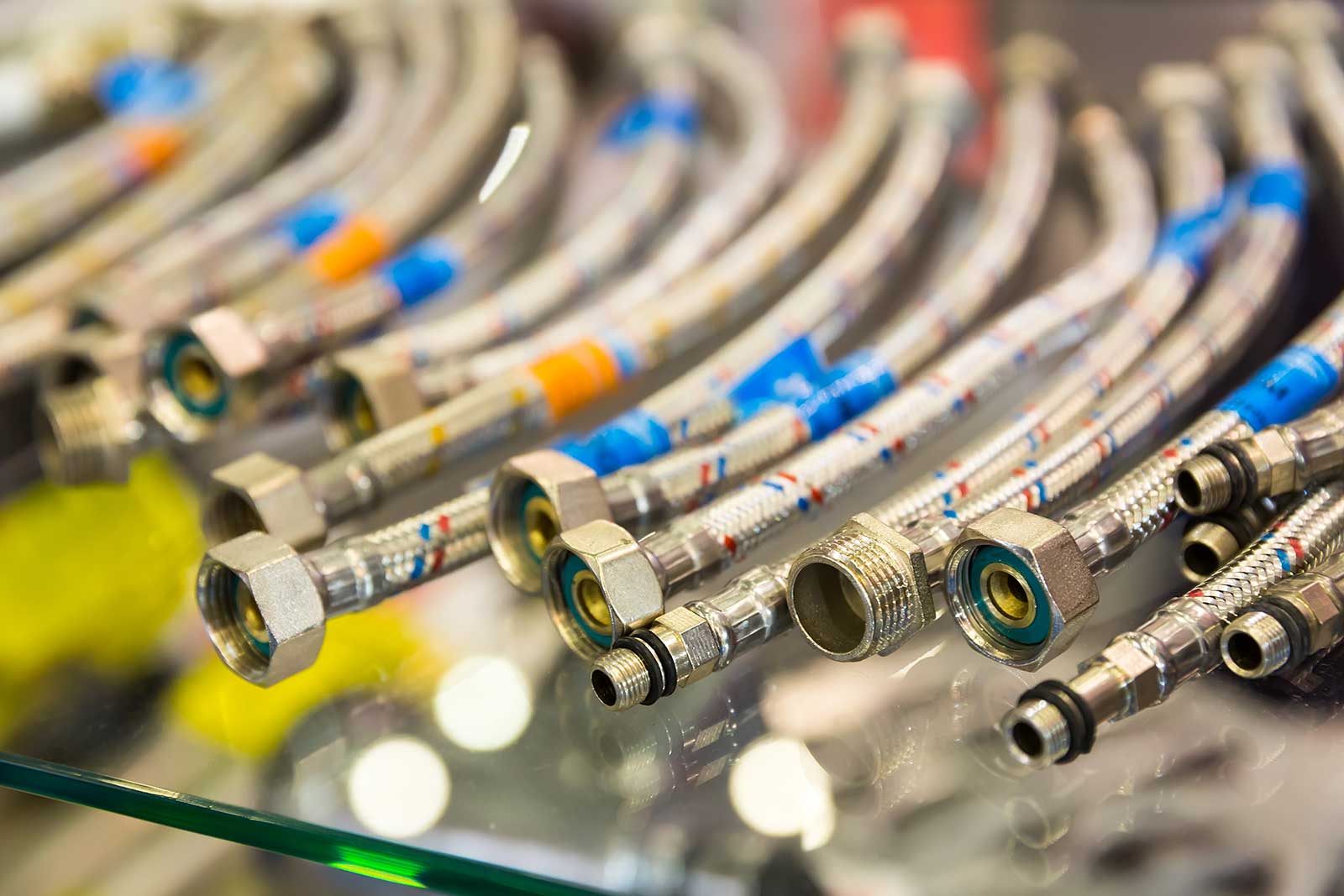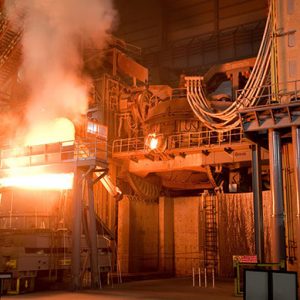Description
A hydraulic Squeezing hose is used anywhere in a hydraulic system requiring a flexible connection between two fluid ports. A hydraulic hose is a synthetic rubber tube surrounded by some sort of flexible strength enhancing winding, such as metal or fiber, and then covered in another rubber carcass. The reinforcement windings are what give the hose its flexibility and strength, and these reinforcements can be either braided or spiral wound.
Hydraulic Squeezing hoses are used for two primary purposes in steel plants; to allow movement between two port locations or to reduce the effects of vibration. Hydraulic hose can also be used for secondary reasons, such as for ease of installation or availability of hose manufacturing equipment. Because hose is flexible, it is easy to line it up with ports that may not be well aligned or have been modified, where tube or pipe must be more precise to fit the installation, as they are more rigid. Also, most cutting and crimping equipment is widely available, but fewer shops carry the heavy duty tube bending and flaring equipment, especially in the larger sizes.
When hydraulic hose is used for its primary purpose of joining ports on two moving components, it must be flexible enough to bend as the components move, such as between the jib and boom arms of an excavator. The flexibility of the hose is determined by its pressure rating (and number of reinforcement windings), its diameter and its material construction. Hoses used in this fashion are equipped on mobile equipment of every type, cable carriers on injection molding machines or automation, hydraulic presses & Filter press Squeezing
Hydraulic hose is also the plumbing of choice to dampen noise and vibration in hydraulic machinery. Some pump types emit pressure waves into the fluid as gears or pistons reach the pressure chamber, which in turn resonates and vibrates metal plumbing or components. This resonance is related to the combined size, shape, mass and geometry of the plumbing, components, reservoir and fittings. This resonance is difficult to predict before a power unit or machine is fabricated. However, the annoying resonance can be improved by swapping rigid tube or pipe with hydraulic hose. Hoses innate elasticity and flexibility can absorb some vibration caused by pumps, reducing the resonance, or changing its pitch, so that noise is reduced in intensity.
